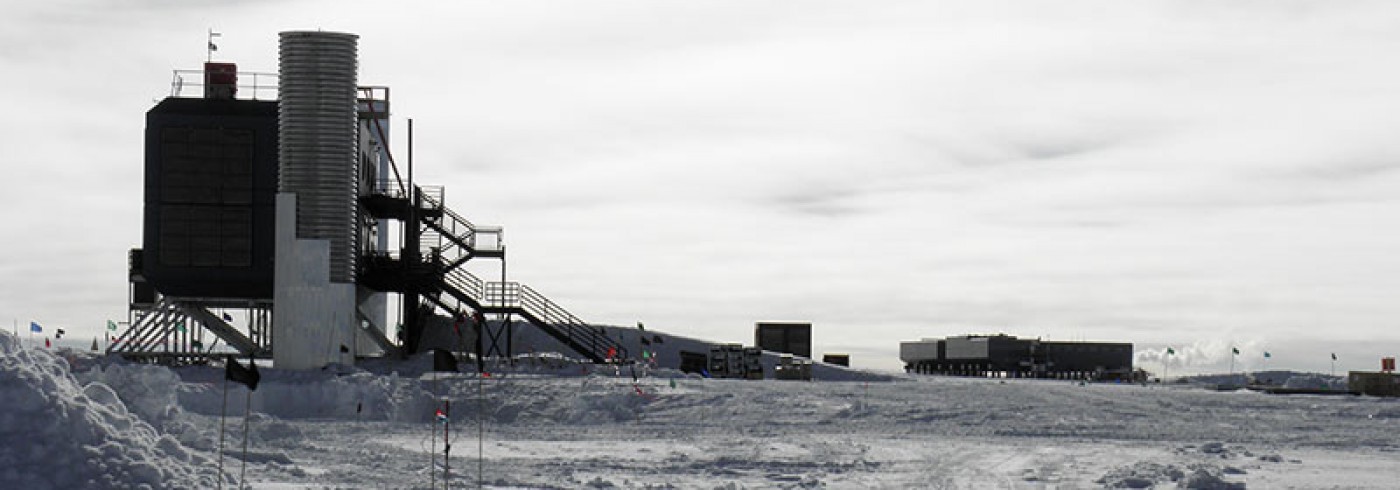The IceCube international particle physics project continued at the Amundsen-Scott Station at the South Pole. This season, light detectors were installed down in the clear ice to capture the weak light that is produced when neutrinos react with an atom.
The aim is to study where cosmic radiation comes from (near black holes?) and what the dark matter in the universe consists of. The researchers are making use of neutrinos, which are uncharged elementary particles of extremely low mass. Neutrinos are formed when particles collide out in space and in our atmosphere. They could also be produced by dark matter particles colliding inside the sun. Because of their neutral charge, neutrinos are not affected by the magnetic field in space, and their direction of travel consequently leads back to their source (such as a black hole). They can pass through planets and other heavenly bodies without being stopped.
Principal investigator
Per Olof Hulth
Stockholm University

